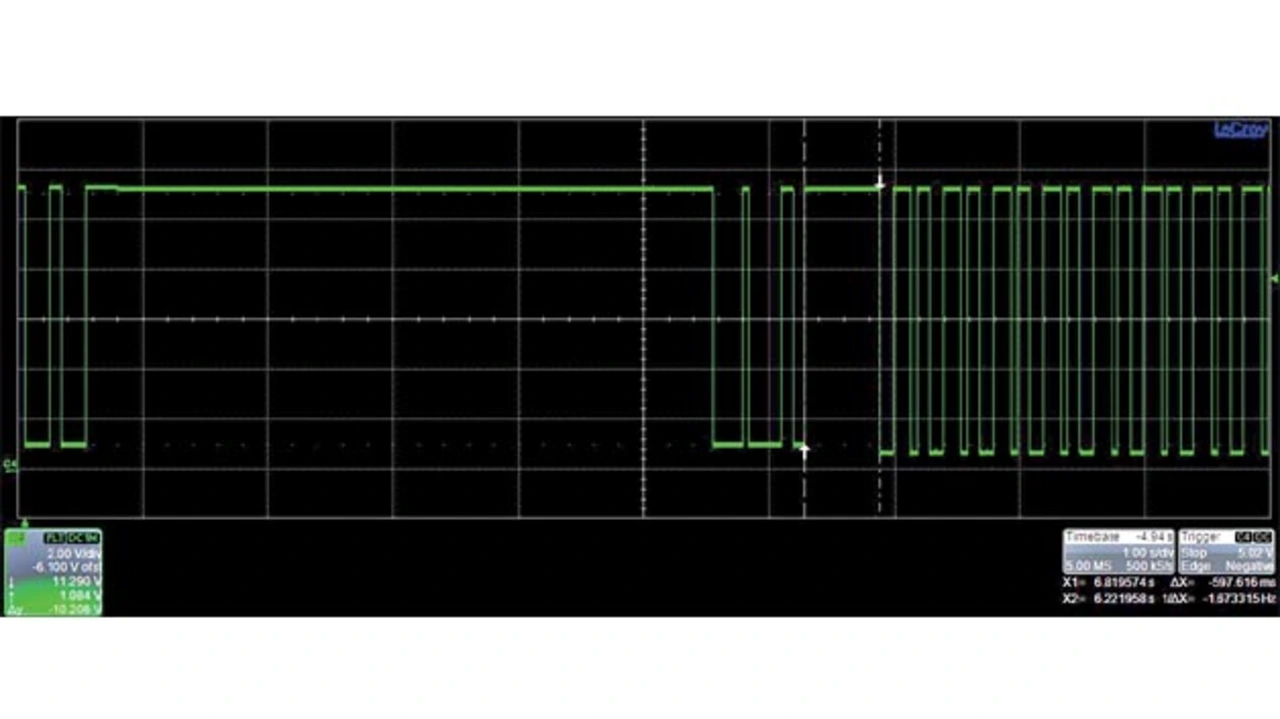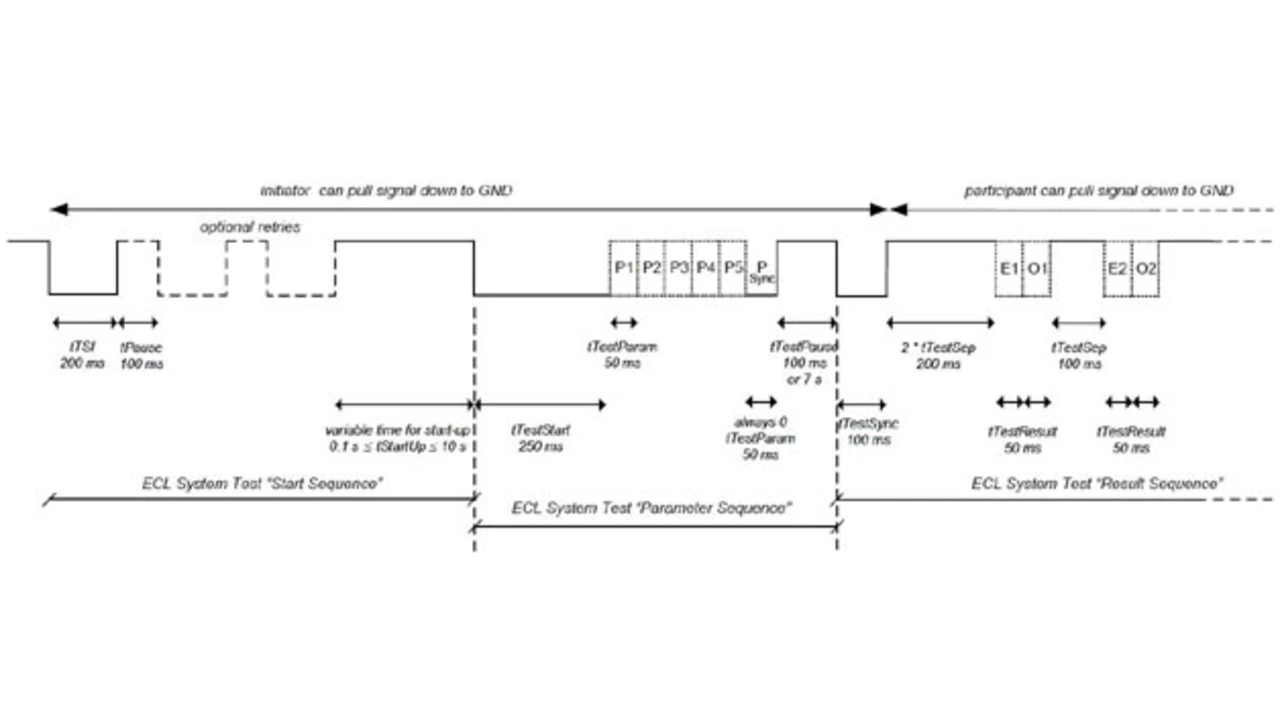MOST Compliance and Quality
Reliable Diagnostics of a MOST System
Fortsetzung des Artikels von Teil 2
Qualified testing through automation
Automation is generally a significant saving of time and effort compared with manual testing. In this case it is also a strong argument for automation that some of the tests cannot be performed manually because a very short reaction time is needed. Ruetz System Solutions, as a MCTH, has developed an automated ECL compliance test suite. Its fully automated test systems have their own history and evolution. A giant leap forward was the TTsuite. The TTsuite provides users with an easy to use TTCN-3 based platform that allows them to carry out tests and simulations of varying complexity. With TTsuite it is easy to describe and carry out new test scenarios such as the ECL test suite.
The test cases in the “MOST Extended Core Compliance Test Specification: Electrical Control Line” introduced by the MOST Cooperation are written as executable test specifications in the Graphical Format of TTCN-3 (GFT). The ECL test suite is generated from these GFTs by TTsuite. This kind of test development process provides a reliable test specification and eliminates the chance of misinterpretation from the very beginning.
TTsuite is able to handle very different communication protocols via adapters. ECL is similar to the LIN bus, therefore TTsuite has an adapter that translates the ECL pulses into data for testing purposes and codes the data into pulses for the simulation. Tests regarding the reaction of the DUT to ECL protocol violations by changing the pulse width can reliably be performed with TTsuite [3]. Information is transferred via pulse state and pulse width on the ECL as a bidirectional bus line. It has two states: high, logical 1 (supply voltage) and low, logical 0 (ground). The default state is high.
Jobangebote+ passend zum Thema


The ECL sequence chart (see Figure 1) shows the results of a system test from the ECL specification; below that is a corresponding oscillogram of an ECL system test alive-sequence. It begins with the start sequence with 7 s start up time, followed by the parameter sequence 10000 and the result sequence with results from node classes 4 to 19. An oscilloscope is used only for display purposes, not for the measurements.
- Reliable Diagnostics of a MOST System
- Electrical control line in a MOST network
- Qualified testing through automation
- Efficient test environment for reliable networks
- The author: